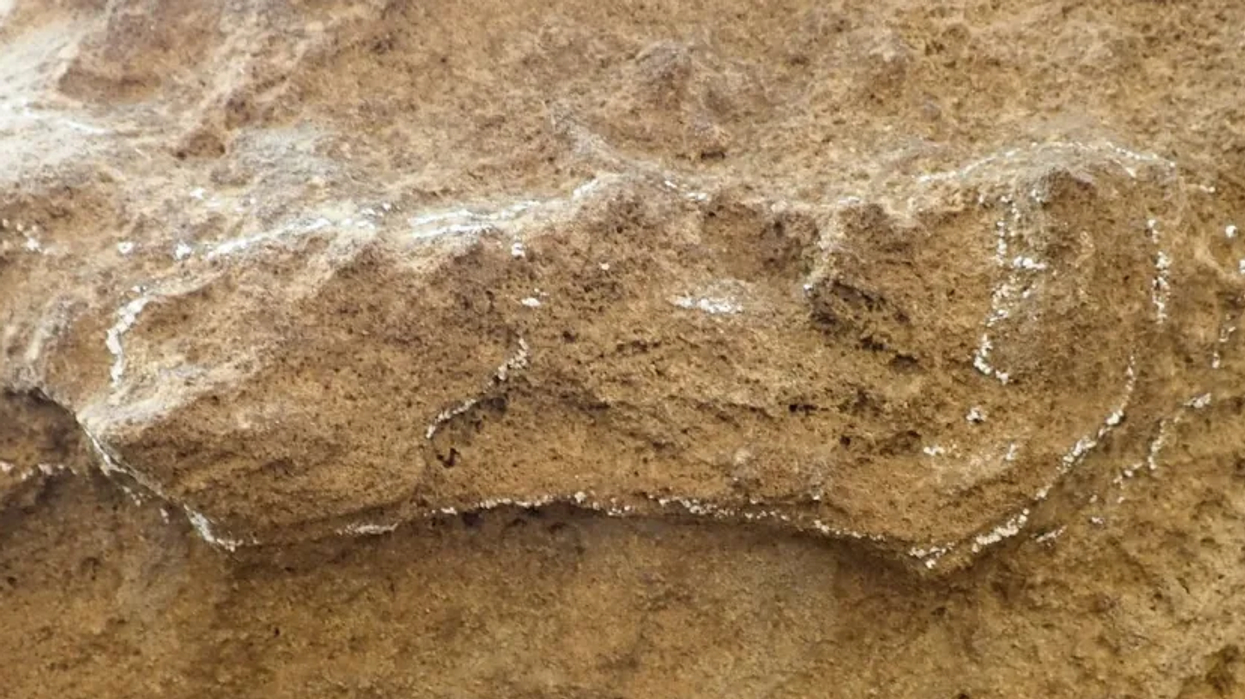Harry Fletcher
Oct 24, 2024

Charles Heim
It’s not often that a single scientific discovery manages to change the way we think about the entire history of humanity.
An ancient footprint has been newly uncovered, and it turns out that humans were walking around 30,000 years earlier than we previously thought.
Two-legged homo sapiens were living in South Africa, it’s been proven, following the discovery of a 153,000 year old track.
It was found in the Garden Route National Park near the coastal town of Knysna on the Cape South Coast.
Sign up to our free Indy100 weekly newsletter
The footmarks outdate the oldest previous discoveries, with the previous oldest found in nearby areas dated at 124,000 years old.
The discoveries were made possible thanks to the optically-stimulated luminescence dating method, which analyses how long it’s been since a grain of sand has been exposed to sunlight.
Researchers Charles Helm of Nelson Mandela University and the University of Leicester's Andrew Carr wrote in the Conversation: "In 2023, the situation is very different. It appears that people were not looking hard enough or were not looking in the right places.
"Today, the African tally for dated hominin ichnosites (a term that includes both tracks and other traces) older than 50,000 years stands at 14.
"Given that relatively few skeletal hominin remains have been found on the Cape coast, the traces left by our human ancestors as they moved about ancient landscapes are a useful way to complement and enhance our understanding of ancient hominins in Africa."
The scientists involved believe that the area could be home to many illuminating discoveries given the makeup of the soil.
They wrote: "We suspect that further hominin ichnosites are waiting to be discovered on the Cape South Coast and elsewhere on the coast.
"The search also needs to be extended to older deposits in the region, ranging in age from 400,000 years to more than 2 million years.
"A decade from now, we expect the list of ancient hominin ichnosites to be a lot longer than it is at present – and that scientists will be able to learn a great deal more about our ancient ancestors and the landscapes they occupied."
Have your say in our news democracy. Click the upvote icon at the top of the page to help raise this article through the indy100 rankings.
Top 100
The Conversation (0)













